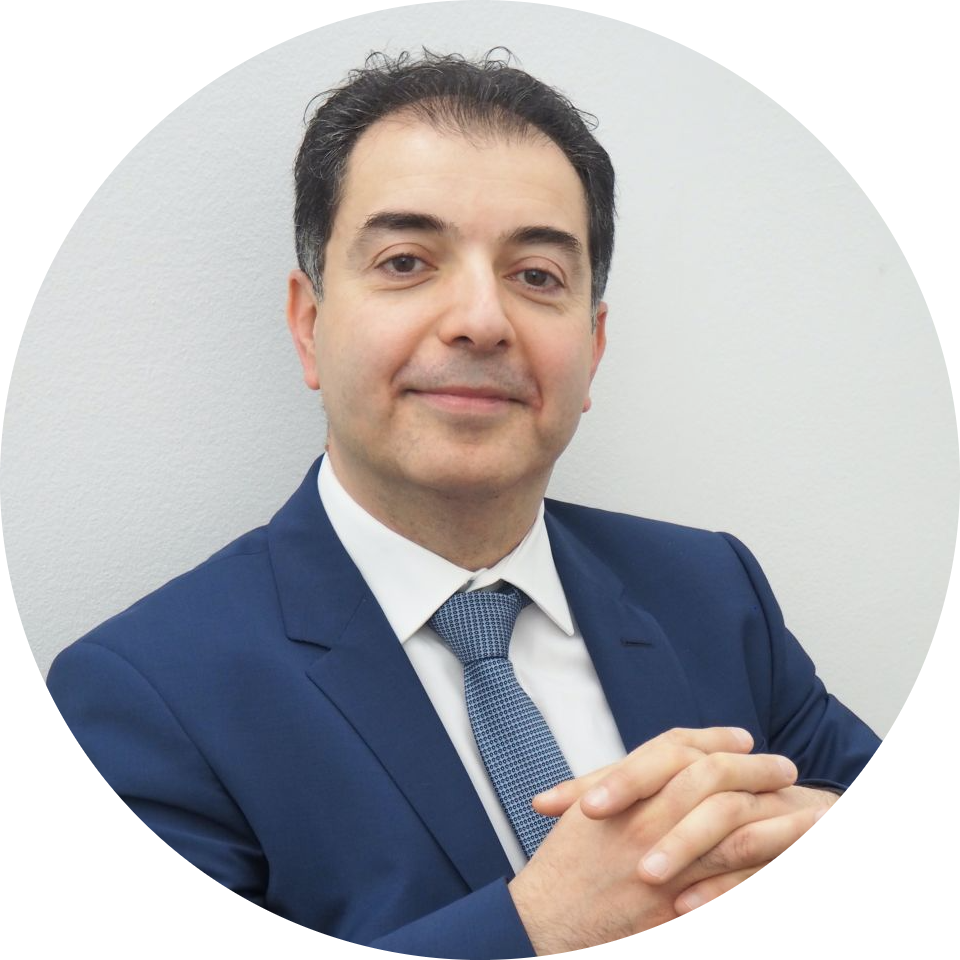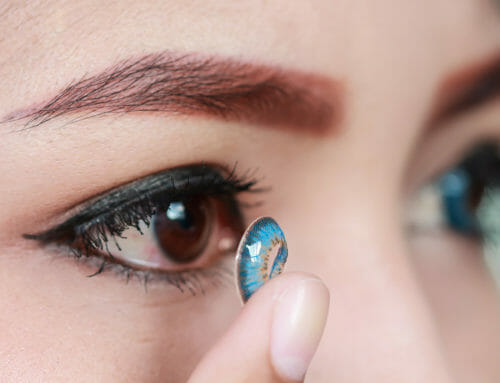
What Is Corneal Dystrophy?
Recent statistics reveal that over 1.7 million people in England are either blind or partially sighted. This population is expected to quadruple in the next 40 years if nothing is done to treat the various conditions that are fuelling its growth. One of these is corneal dystrophy, a disorder characterised by the development of excess tissues in the cornea. Considered hereditary, the chances of people, whose families have no known history of this disorder, to acquire it is quite slim. But for those who are likely to experience corneal dystrophy, understanding how this disorder works is a top priority when seeking treatment.
What is Corneal Dystrophy?
To better understand this disorder, one must know the functions and vulnerabilities of the cornea, the clear outer layer of the eye. It consists of three sublayers—an outer layer (epithelium), a middle layer made of four more sublayers (Dua’s layer, Bowman’s layer, the stroma, and Descemet’s membrane), and an inner layer (endothelium). Its main functions are to protect the rest of the eye from infectious or irritating substances and to serve as a refractive medium that ensures correct passage of light needed to project images more clearly.
Some genes with unique structure are defenceless against the accumulation of extraneous material in the cornea. Lipids and cholesterol crystals can freely spread along the sides or directly above the lens where the light is passing through. A significant amount of this material can substantially obstruct the passage of light into the eyes, thereby blurring the vision. If left unattended, the obstruction can grow and block the entrance of light to the retina altogether, leading to permanent blindness.
Things to Know When Dealing with Corneal Dystrophy
Before consulting with an eye doctor in London, it helps to know these five important information about corneal dystrophy so that you can fully understand the doctor’s recommendations.
- This disorder has 14 different types, congenital hereditary endothelial corneal dystrophy and epithelial basement membrane dystrophy being the most common.
- Unlike most refractive errors, this disorder affects the right and left eyes equally.
- Lutein and zeaxanthin deficiency as well as injury do not set off this disorder.
- Like most eye problems, it usually progresses gradually, which is why treatment is needed right away.
- It doesn’t matter if you are healthy or sick, male or female; you can acquire this condition, especially if it’s in your blood.
Finding the Right Treatment
During consultation, your eye doctor will inquire about your family history. You will also have to undergo a series of tests so that the doctor can diagnose you properly and recommend the best remedy. Treatments for corneal dystrophy vary depending on a number of factors, especially the type of corneal dystrophy you are diagnosed with. Some types, particularly those where no symptoms are present, do not require treatment, while severe types may need cornea transplant or keratoplasty.
To receive the right treatment and be sure that you will be handled by a highly qualified eye doctor in London, go to a trusted eye clinic such as Eye Clinic London.
Sources:
- Corneal Dystrophy — A Rare but Serious Eye Condition, eyehealthweb.com
- Corneal Dystrophy Treatment, aao.org

About the expert
Mr Hamada | Consultant Ophthalmologist and Corneal Surgeon
MD, MSc, DO (hons), FRCSEd, FRCOphth I am Samer, founder and consultant ophthalmic surgeon with over 20 years’ experience in ophthalmology. I am a world-renowned specialist in cornea, cataract and refractive surgery. I’m not only a leading surgeon but also the only dual fellowship trained in corneal diseases in children from reputable institutions in the UK. At Eye Clinic London I work closely with other consultant ophthalmologists, optometrists and orthoptists to achieve the best outcomes for our patients. Our main aim is to make sure our patients get the safest and best treatments available to them. We put your safety before anything else so you can rest assured that if you choose us you will be in the best and safest hands.



